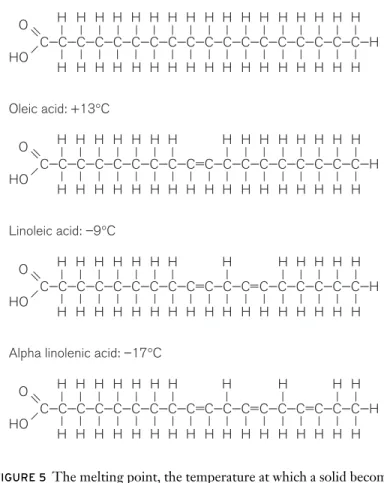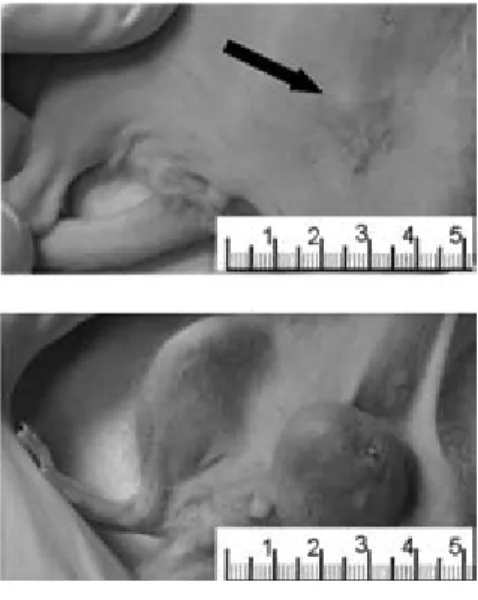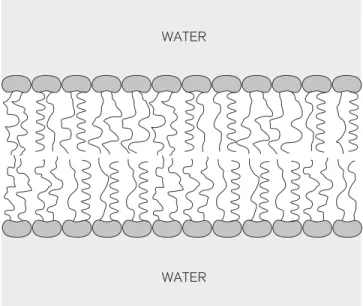Much of the country is now on that fried-food, high-fat binge (or has dropped out on Atkins and moved on). The first of the omega-3 fatty acids is alpha-linolenic acid, or ALA, the single parent of this family of fats.
A TRIP TO GREENLAND
The world is changing, so let's let people know that this is what the Eskimos looked like in 1970.” These words were prophetic, as the difference in the incidence of heart disease in Greenland and. So it was the large amount of eicosapentaenoic acid in the blood of Eskimos that caught Dyerberg's attention and imagination.
HOW THE OMEGAS GOT THEIR NAME
All members of the second family have their first double bond six carbons from the end. Things changed everywhere except at the end of the molecule,” the chemist adds.

MONSIEUR CHOLESTEROL
Certainly, several earlier reports had appeared in the literature linking populations' diets to their incidence of heart disease. No one has ever shown how elevated levels of this fat in the blood actually cause heart disease.
FISHY FATS
Much of the fat in the Danish diet comes from pork and dairy products – the Danes were known for buttering both their cheese and bread at the time – and is highly saturated. Some of the articles they read had to do with the powerful cell messengers called prostaglandins, which are made of fatty acids with 20 carbon atoms. Bergström was also one of the scientists who reported in 1964 that prostaglandins were made from fatty acids with twenty carbon atoms.
Like other scientists around the world, Bang and Dyerberg were aware of the developments taking place in prostaglandin research. Meanwhile, Dyerberg and Bang had returned to Greenland (without Sinclair) to find out whether the high eicosapentaenoic content of the Eskimo diet really affected the time it took for their blood to clot. But Bang and Dyerberg were the first to actually measure the bleeding time of the Eskimos.
They thought they had solved the paradox of the Eskimos' low heart disease rate and would save the world from this devastating and expensive disease.
TREE LARD AND COW OIL
When Europeans first settled in China in the 19th century, the Chinese, who rarely use animal fats, thought these foreigners smelled of butter, or cow oil, as they sometimes called it. They know that beef lasts longer in the freezer than pork; pork, longer than fish. Proteins have amine groups that cannot be broken down and must be excreted through the urine; much of the space in carbohydrates is occupied by large oxygen atoms.
Animals address this problem by binding fats to a polar group, which is water-soluble, and by packaging and repackaging fat into proteins that have both a hydrophobic and a hydrophilic side each time it is moved anywhere in the body. to have. In living tissues, they create one of the wonders of the biological world, membrane bilayers: self-assembling, multilayer structures (a kind of lipid sandwich) in which the negative phosphate groups (the bread) align on the outside. , in contact with the aqueous environment on the inside and outside of the cells, and the fatty tails (the peanut butter) tuck in the middle. One of these is the great diversity of fatty acids that make up all known fats, such as butter or corn oil.
What cook would suspect, as chemists first began to show in the 1950s and '60s, that there are dozens of different fatty acids, making up hundreds of different triglycerides, in most fats.

THE CHEMIST IN THE KITCHEN
A non-toxic fat emulsion was developed in Sweden in 1961 but was not yet available in the United States. At that time, it was known that the brain and nervous system are very rich in long-chain polyunsaturated fatty acids - arachidonic acid and DHA. Holman never met Shawna or her mother, but he saved the Illinois girl's life when he found that the amount of omega-3 fatty acids in the girl's serum was about one-third that of the control groups.
He learned that the fats in the tissues of wild animals were much less saturated than the fats in the tissues of domesticated animals. Robert Anderson, a biochemist at Baylor College of Medicine, had already identified DHA as a critical part of the mammalian eye when he found that DHA was packed into the membranes of rod cells. Also disturbing were the high levels of linoleic acid in the formulas that Crawford tested — and the negligible levels of alpha-linolenic acid.
At autopsy, Crawford found far fewer omega-3 fatty acids in the tissues of these monkeys than in the tissues of monkeys fed flaxseed oil.
AND INTO THE MEMBRANE
Many of the phospholipids in the brain and the eye have two unsaturated tails, making that lubricant even lighter.). As long as the chain has at least twenty carbons and three double bonds, the enzyme is just as happy to attach one of the omega-3 HUFAs (DHA or eicosapentaenoic acid) as it is one of the omega-6 HUFAs (arachidonic acid is) or the immediate precursor of arachidonic acid: dihomo-gamma-linolenic acid). This preference, or lack thereof, makes the acyltransferases very different, Lands realized, from the enzymes Ralph Holman was then researching: the desaturases and elongases, which definitely prefer an omega-3 fatty acid at every step of the way.
They're the fats that end up in phospholipids." So Lands bet Bengt Samuelsson, who went on to share a Nobel Prize with his former teacher, Sune Bergström, and with John Vane, that if our bodies were to make very much of the newly discovered prostaglandins, would the arachidonic acid come from the phospholipids in membranes.This bet led to a sabbatical in Stockholm in 1967 and a quick verification of Lands' hunch, followed by his discovery of the phospholipases - the enzymes that release the fatty acids from the membranes before they can be converted into prostaglandins. Lande first hypothesized that eicosapentaenoic acid was an inhibitor of the reaction that made arachidonic acid a potent mediator of inflammation, a reaction we now know is catalyzed by the COX enzyme.
We are in one of the most embarrassing times of science, like the Middle Ages,” says Lands.
WHERE HAVE ALL THE OMEGA-3s GONE?
Part of the answer was available at the time of the 1985 conference in the form of tables detailing the fat content of a limited number of foods. And part of it is due to the increase in processed foods in the American diet, because linoleic acid is the most important polyunsaturated substance in processed foods. According to the lipid hypothesis, these changes should have resulted in a significant decrease in the incidence of heart disease in the United States.
Alpha linolenic acid is a fat that plants use in the membranes of their chloroplasts (thylakoid. In the decades since Dyerberg and Bang first visited the west coast of Greenland, the Eskimo diet has changed. As of January 2006, information on trans fats was joined by information on saturated of fat on food labels in the United States.
European food manufacturers have used the technique of interesterification to produce oils that are stable and contain some amount of alpha-linolenic acid, but there's a problem: These oils contain more saturated fat than many of the vegetable oils currently available in the United States . .
THE SPEED OF LIFE
The total amount of fat was also the same in the membranes of these different animals: what differed, Hulbert and Else found, was the degree of unsaturation of the fatty acid chains—that is, the number of double bonds. Recent computer simulations and nuclear magnetic resonance studies present "a picture of DHA thrashing around in the membrane's hydrocarbon core," Hulbert writes. Hulbert and Else's work leads to a new understanding of the role of DHA and increased unsaturation in membranes.
There is not a single known case of diabetes among the people of Umanak District at present,” they wrote in 1971. It should be used sparingly and should not be hydrogenated or otherwise modified like most soy beans. bean oil in the US. Or they have to give up the yolk, the part of the egg that is the richest in nutrients, including omega-3s.
They are produced by microbes in the cow's stomach and make up about 4 percent of the fat in butter.

THE PROOF IS IN THE PUDDING
1903 - German chemist Wilhelm Norman takes out a patent for the "conversion of unsaturated fatty acids". 1 5 6 CLOCK . cardico) reveal the benefits of omega-3 fatty acids in preventing death from myocardial infarction. ESSENTIAL FATTY ACIDS - Fatty acids that animals cannot produce themselves but need for health, including alpha linolenic acid and linoleic acid.
LINOLEIC ACID – an eighteen-carbon fatty acid with two double bonds that is the parent family of essential omega-6 fatty acids. OMEGA-3 – a family of polyunsaturated fatty acids that come from the green leaves of plants and have a double bond before the third do. Catherine H. MacLean et al., “Effects of Omega-3 Fatty Acids on Cancer Risk,” Journal of the American Medical Association.
Kris-Etherton et al., “Polyunsaturated Fatty Acids in the Food Chain in the United States,” American Journal of Clinical Nutrition S-188S. Holman, “The slow discovery of the importance of ω3 essential fatty acids in human health: evolution of ideas about the nutritional value of dietary fat,” Journal of Nutrition 128, suppl. Kris-Etherton et al., “Polyunsaturated Fatty Acids in the United States Food Chain,” American Journal of Clinical Nutrition S-188S.
